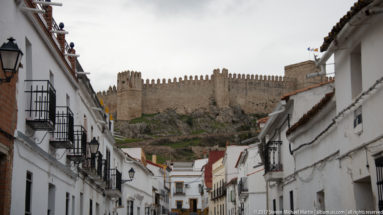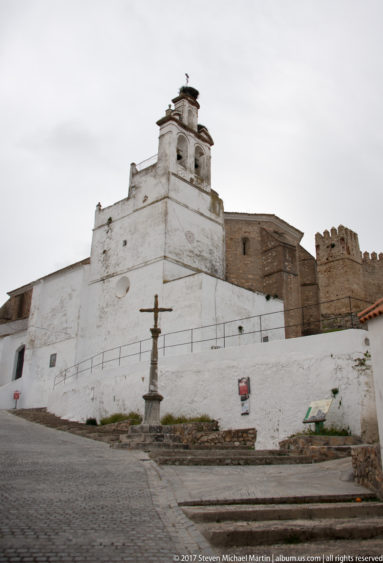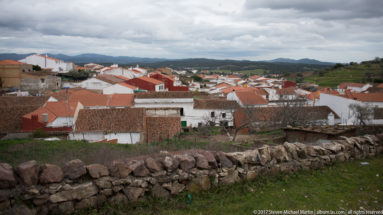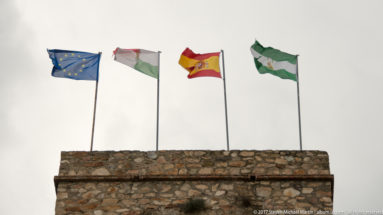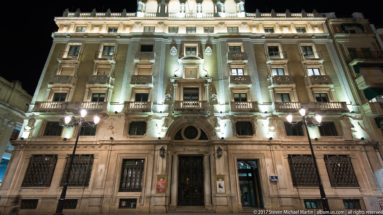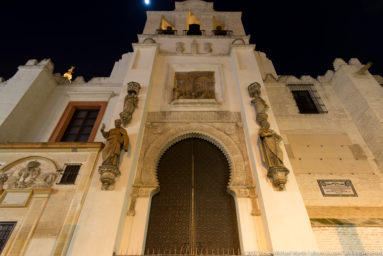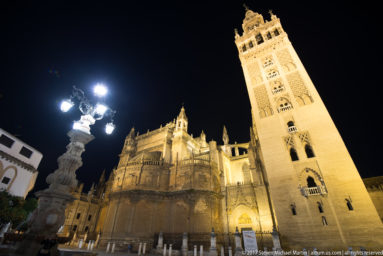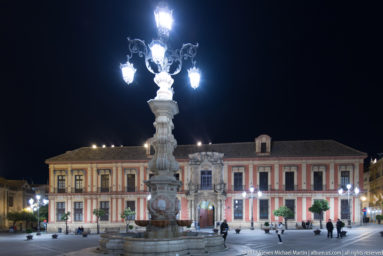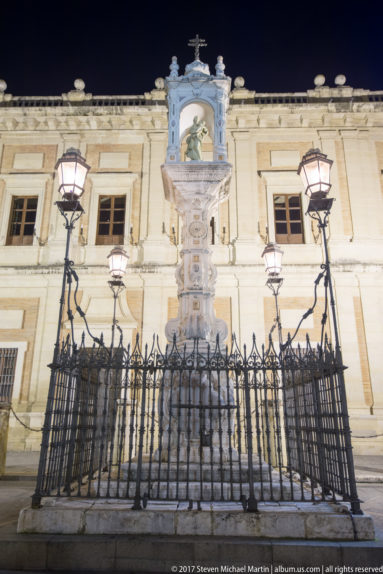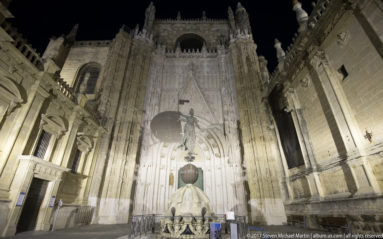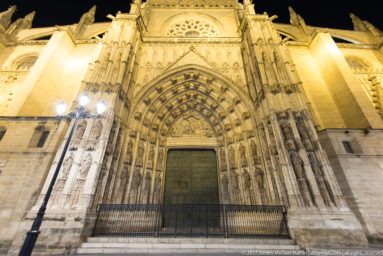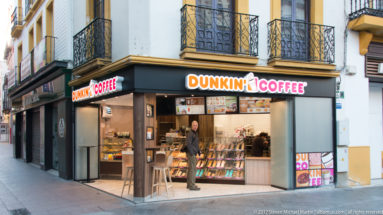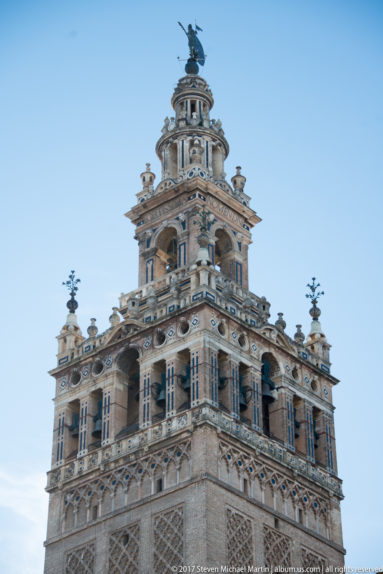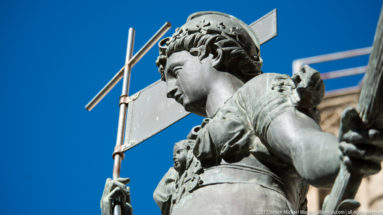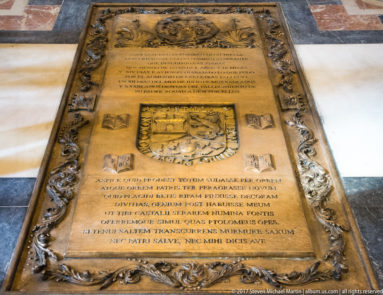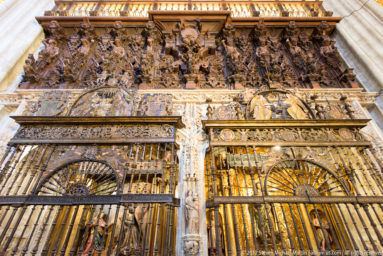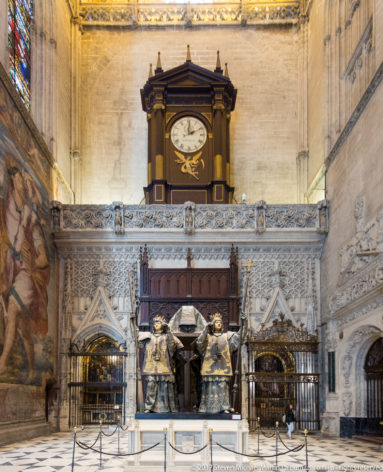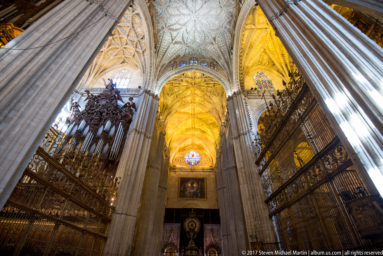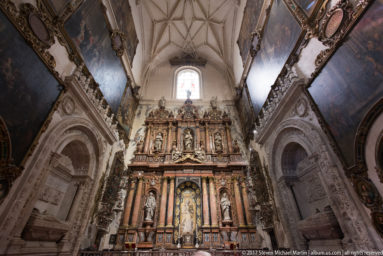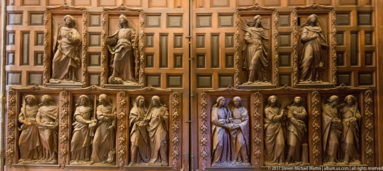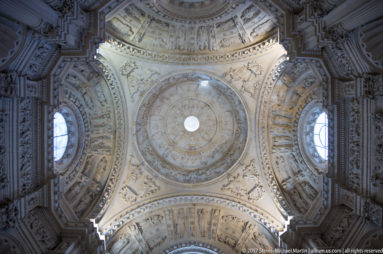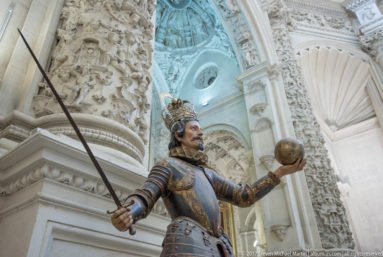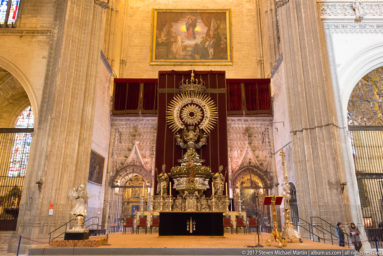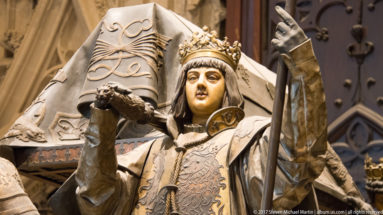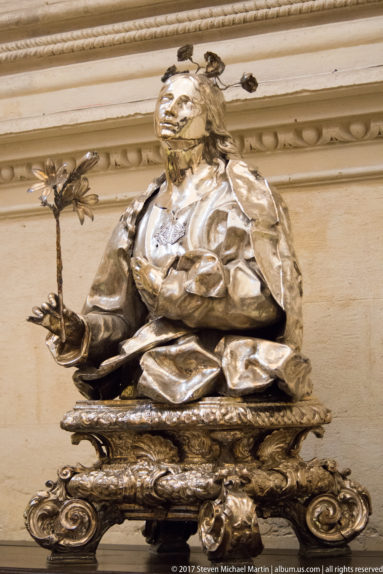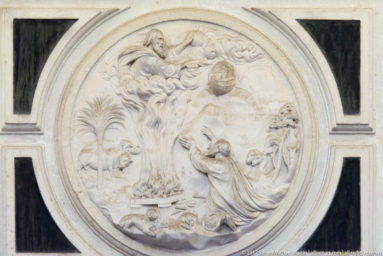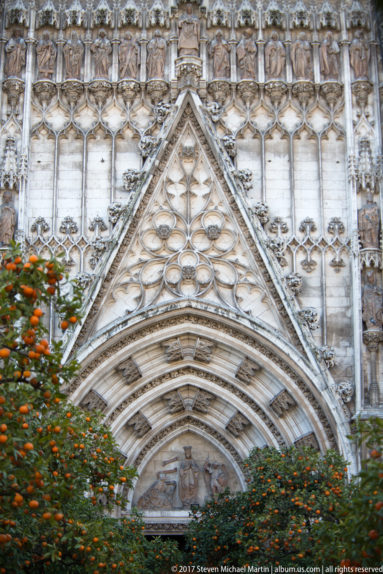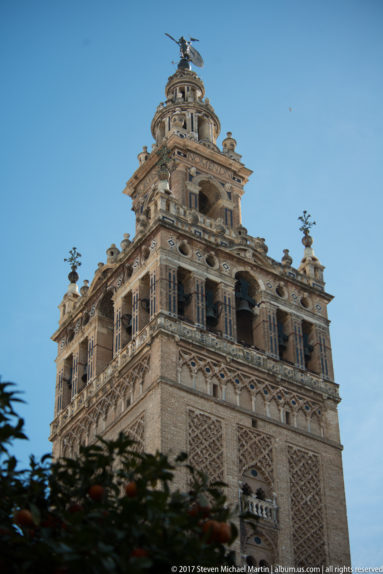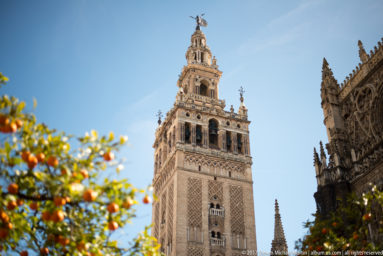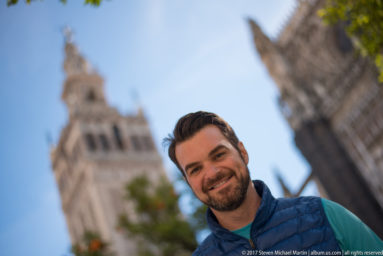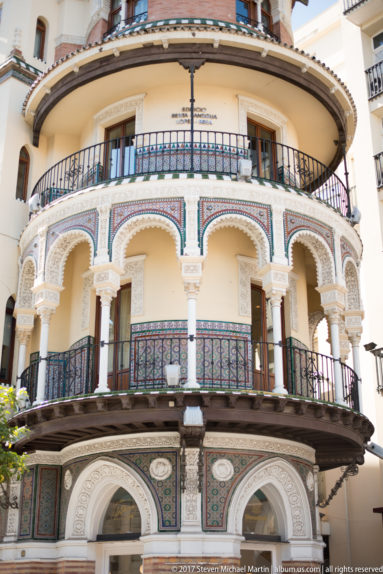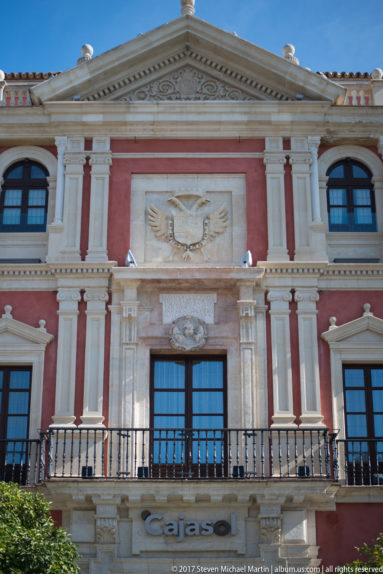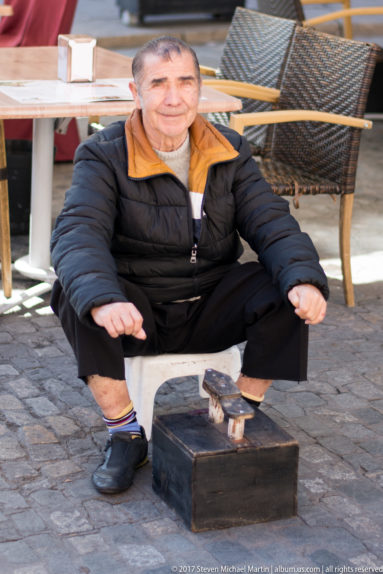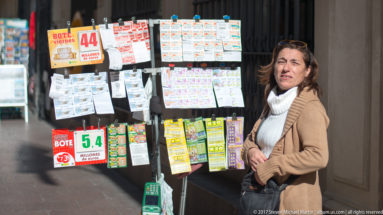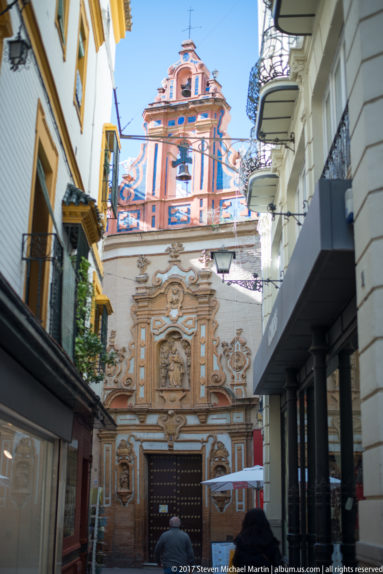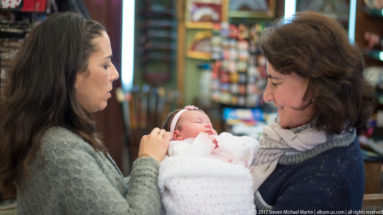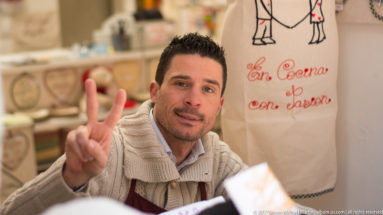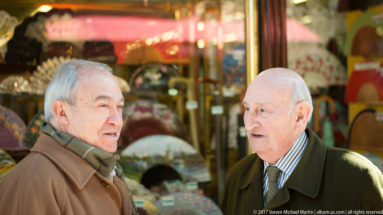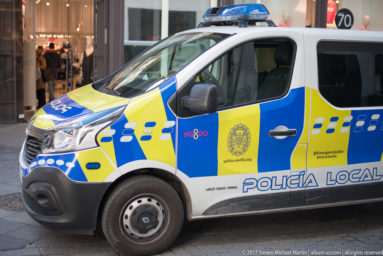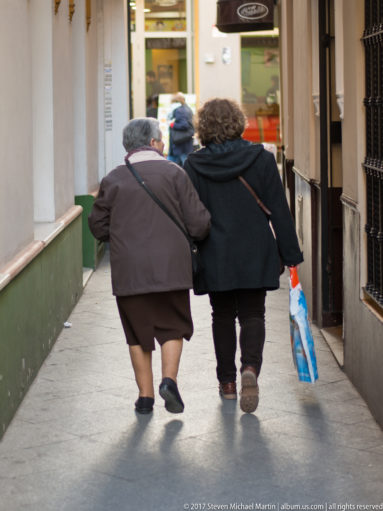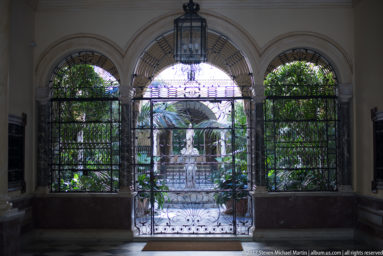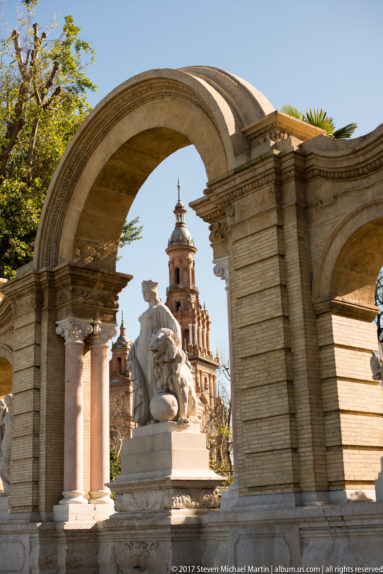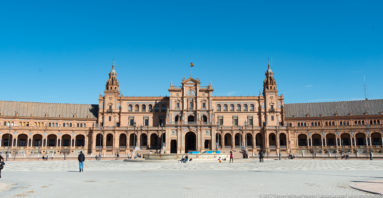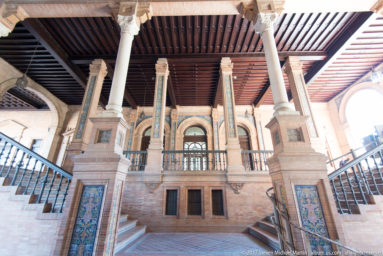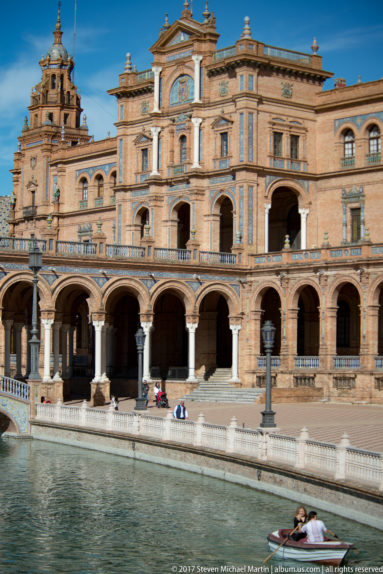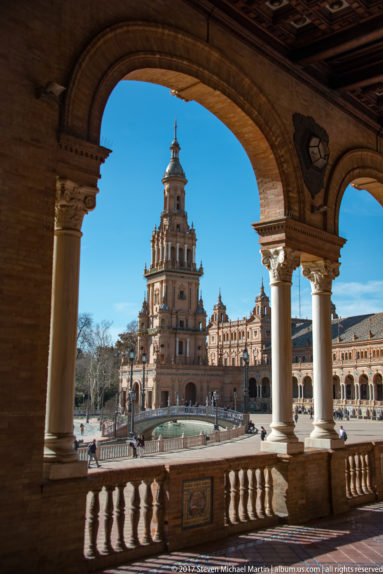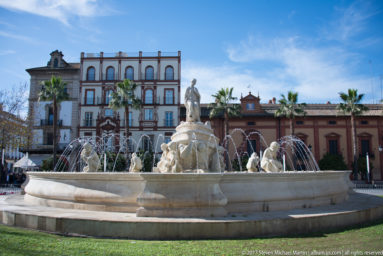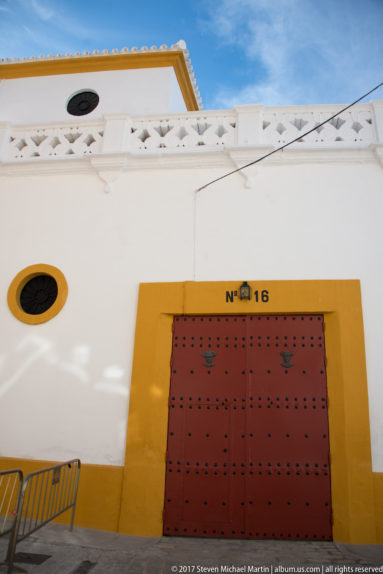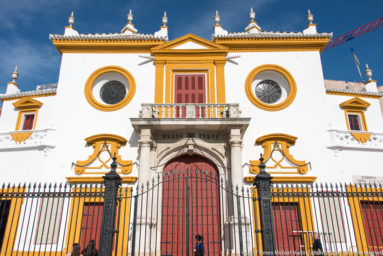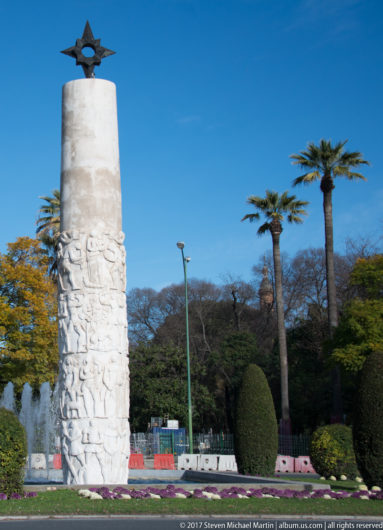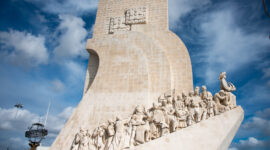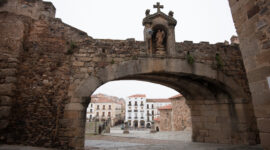Stop 10:
Seville was amazing. I had no idea how much I would see there. In fact, the Alcazar is so incredible that I have separated the pictures into a separate portfolio from the rest of Seville. A compact city, Seville appears to be a bigger city than it is. In the Centro, around the cathedral, are the Alcazar and the Plaza Nueva, the launching point for most of the places we visited.
Highlights:
- Alcazar (which means fortress). Within the Alcazar is the Plaza del Triunfo, where there is an entrance to the Mudejar palace, the official residence of the king and queen when they’re in town. It was built by Pedro I (1350– 69) on the site of Seville’s former Moorish Alcázar. No photographs were allowed, but I must admit that it was one of the most beautifully decorated palaces I’ve ever seen (after the palace in Madrid). It was especially unique with all of the Moorish geometric patterns in each of the rooms.
- Plaza Nueva – the main shopping and dining areas
- Seville’s Cathedral is the largest and highest cathedral in Spain, the largest Gothic building in the world, and the world’s third-largest church, after St. Peter’s in Rome and St. Paul’s in London. What started as a mosque in 1171 was converted to a Christian Cathedral in 1248. The Cathedral was rebuilt in 1401. On one side of the Cathedral is a monument to Christopher Columbus with his coffin held by the four kings representing the medieval kingdoms of Spain: Castile, León, Aragón, and Navarra. Columbus’s son Fernando Colón is also buried here (see photos with translation: “ To Castile and León, Columbus gave a new world”). The opposite side has a Silver Altar.
- El Arenal, which is the Maestranza bullring.
- Plaza de Espana – a half-moon shaped set of buildings built for the 1929 World’s Fair. Azulejo pictures represent the provinces of Spain. The four bridges symbolize the medieval kingdoms of the Iberian Peninsula.
- While we had hoped to visit Triana, known for traditional habitat for sailors, bullfighters, and flamenco artists, we just couldn’t fit it in.
Thanks to Fodor’s Travel Guides, Trip Advisor, and Wikipedia for the great lessons that helped me to plan and summarize this trip.


